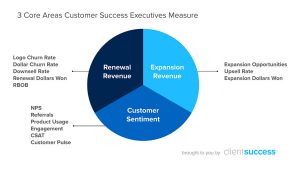Not that many years ago, the field of data analytics was like the wild west, with stakeholders making their claims without considering how their interests should be governed within a wider community. But now, maverick analytics implementations are a dying breed. Tag Management Systems are here to provide order, allowing us to lay out standardized tags across our digital properties like so many row houses. From there, we can deploy the beat cops of Tag Auditing Solutions to patrol the streets and catch tracking anomalies early.
In many ways, it’s Marketing that is the last member our tagging community still operating on the fringes. Following our frontier town metaphor, Marketing often plays the role of the ramshackle circus on the outskirts: disorderly and, occasionally, disreputable. I had lunch with a marketing executive at Coke a few years ago during an analytics conference, and I asked him how he stayed on top of all of the tagging requirements for the parade of promotional microsites they were constantly mounting and then tearing down a few days later. “We don’t,” he answered. “We gave up. Tagging requires too much time and attention if the numbers are going to mean anything. We know at a high level that microsites help us, so we keep building them.”
The element that makes marketing campaigns so hard to pin down is the constant unknowns. Unlike product development strategies, that can be set in place and won’t change too much when you turn your back, marketing strategies are a moving target. You don’t know today what new marketing campaigns you’ll think of tomorrow. They might include vanity and feeder pages or lead-generating microsites that haven’t been built yet, or that are built in places that site crawlers can’t reach. No matter how these campaigns shape up, if they are going to provide meaningful data they will require tracking codes that will tie the respondents and all of their ensuing behaviors (purchases, form completions or abandonments, etc.) back to the initiatives that drew them to the site in the first place.
All the unknowns have made it difficult to create and install solutions that can handle Marketing’s chaotic complexity. Over the last few years marketing automation has moved us gradually toward a more civilized and predictable environment. Data Analytics is now able to step up, and bring lasting law and order to Marketing’s future.
Digital & Social Articles on Business 2 Community(52)







